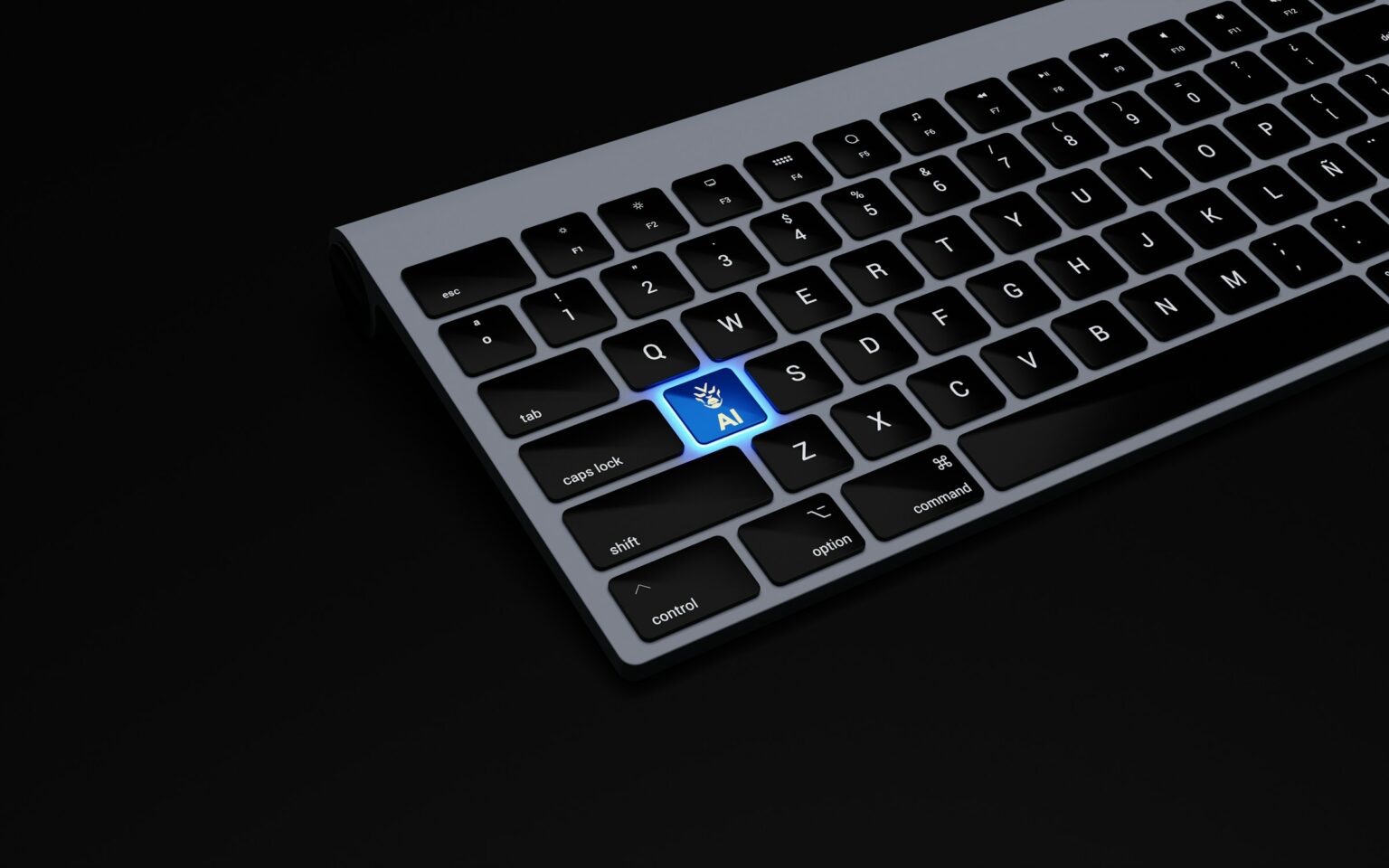It’s hard not to be sucked into the AI hype when new software tools proclaim to help create entire videos or websites with a few clicks and practically zero programming knowledge.
Or when you speak to a chatbot that spills out page of page of seemingly profound industry knowledge, say, of the latest trends in the oil and gas industry or the complex political developments in the Middle East.
Yet, for businesses looking to adopt AI today – from simple chatbots to deep market analysis tools – the growing number of underwhelming and failed experiments early on may weigh heavy on how they adopt AI in the next 12 to 18 months.
In a survey of Singapore, Malaysia and Thailand, research firm IDC and data software vendor SAS found that only 23 per cent of organisations are transformative in their AI adoption, say, by using AI to transform markets or create new businesses.
Top reasons for AI failure: Poor quality of data, privacy concerns and compliance limitations. A lack of specialised personnel, the costs of AI development and deployment and a lack of clear evaluation criteria for AI solutions don’t help, either.
From AI PCs that promise to make every worker an instant artist and copywriter to deeply embedded AI features that claim to help businesses find new market insights, a reality check is arriving in the amount of additional work needed to make the magic work.
AI PCs, for example, still face a lack of software apps that fully make use of more powerful processors that promise to edit videos in a jiffy or create images quickly from a description of a mere few words.
Notably, shipments of PCs dipped 2.4 per cent from a year ago during the third quarter this year, according to a separate study by IDC. New AI PCs would drive the premium segment, it added, but much of the demand was still concentrated at the entry level.
AI features are not such a big push factor to buy new PCs this year, said Nigel Lee, Lenovo’s general manager for Singapore, pointing to the need to refresh ageing machines running the end-of-life Windows 10 operating system as a bigger reason.
He expects 2025 to be the year when more AI PCs appear in the market, as businesses are now evaluating these machines for their operations.
When it comes to gaining insights through AI, larger businesses are also grappling with the need to find and prepare the data needed to train their AI models. After years of talking about data lakes and centralising one’s data sources, businesses are still struggling with data.
This is hampering AI takeup because businesses need the right data to make AI come up with more useful answers to their problems, said Hoseb Dermanilian, global head of AI sales at NetApp.
Many of today’s current AI models are not useful because they are trained on publicly available data – not from a specific industry or business – and lack context, he noted.
“A healthcare provider can’t just bring ChatGPT and put it in front of a patient,” he explained. “That model is trained on generic data.”
NetApp sees some sectors, such as automotive and high-tech manufacturing, finding clear returns on investments (ROI), because much of their data has already been in the system to support the precision needed, say, to make a computer chip.
However, in many other sectors, the preparation of data is far from the level needed to quickly adopt AI in a quarter or two. Indeed, ROI may be the reason many businesses rethink their efforts in AI after dipping their toes in the water.
Most enterprises fixated on AI ROI will scale back prematurely, with a significant reset looming in 2025, predicted analyst firm Forrester Research. Three out of four firms that build aspirational agentic architectures on their own will fail, it added.
“The challenge is that these architectures are convoluted, requiring diverse and multiple models, sophisticated retrieval-augmented generation stacks, advanced data architectures, and niche expertise,” wrote analysts Jayesh Chaurasia and Sudha Maheshwari in a blog last month.
“The allure of quick wins and immediate ROI from AI implementations has led many to overlook the necessity of a comprehensive, long-term business strategy and effective data management practices,” they added.
So, while Big Tech firms continue to pump billions into building up AI superiority – Elon Musk and xAI just set up 100,000 graphics processing units (GPUs) in 19 days – businesses are a long way from realising the AI benefits pushed by the hype in the past two years.
“Most organisations do not have AI experts or data scientists and can’t hire 100 PhDs, so the question is how to make AI more consumable and how to democratise that,” said John Mao, vice-president of VAST Data, which sells AI infrastructure to businesses.
“There’s a lot of hype and a lot of people have spent money and got zero ROI,” he noted. “It’s common in emerging technology though it is starting to change.”
“Everyone thinks we will magically build a killer AI app and we will grow 10x,” he added. “That’s not reality.”
He sees more “mundane” use cases that will make businesses gradually take up AI in the next two years. Think employee productivity, automating customer support or enabling customer self-service in real time, he noted.
“Once people start to get more comfy with clear ROI, then you can think of more moonshot bets, like how to change the trajectory of your company in terms of new offerings and new products,” he added.
Another key development is the availability of more compute power via newly built AI data centres in the region to enable organisations to train their own models.
Powerful AI-focused GPUs will overcome some of the problems that Big Data analytics initially failed to overcome – such as crunching large amounts of data in real-time, said Mao.
For training models and inferencing, GPUs will be key to letting businesses integrate or embed customer-specific or new knowledge, he added.
If the day-after reality check and buyer’s remorse at some businesses seems like deja vu now, it’s certainly a movie that’s been seen before.
AI is going through the growing pains of a new technology meeting real-world roadblocks, just like the road to cloud computing or the advent of the Internet more than a decade ago.
The ROI for AI is not easy to answer yet, said NetApp’s Dermanilian. “In the early days of the cloud, people used to say security was the biggest inhibitor.”
Similarly for AI, there will be evolving use cases and leaders in the market and there will be conservatives, he noted.
Some technology solutions will help make AI easier to adopt in 2025. NetApp, for example, offers meta data cataloguing, as well as a data explorer that lets users query data and pick what is necessary for their AI uses.
A vector database, supported by NetApp, also helps prepare data to be fed into a Retrieval-Augmented Generation (RAG) engine to improve a Generative AI model’s accuracy and precision. These data tools help to avoid common pitfalls when adopting AI early on.
On a more fundamental level, a lot of education is still needed, from training new talent in schools to setting expectations right for businesses in different sectors with different needs.
In Singapore, Lenovo is working with trade associations, offering standard products to various sectors, in particular to get small and medium businesses (SMBs) onboard.
The good news is that there have been similar efforts in the past, for example, with digital transformation across various sectors in the country.
This way, ready-made AI packages, including both hardware and applications, can be introduced to suit each sector, while those that need to deviate a little from the playbook can customise their own solutions.
In other words, getting over some of the known obstacles and getting to the benefits more quickly, said Lenovo’s Lee.
He is expecting AI technologies to be more mature in 2025, despite a sort of reality check after the initial hype. For AI PCs, in particular, businesses will drive their takeup, he said, with many now testing laptops that were not available previously.



